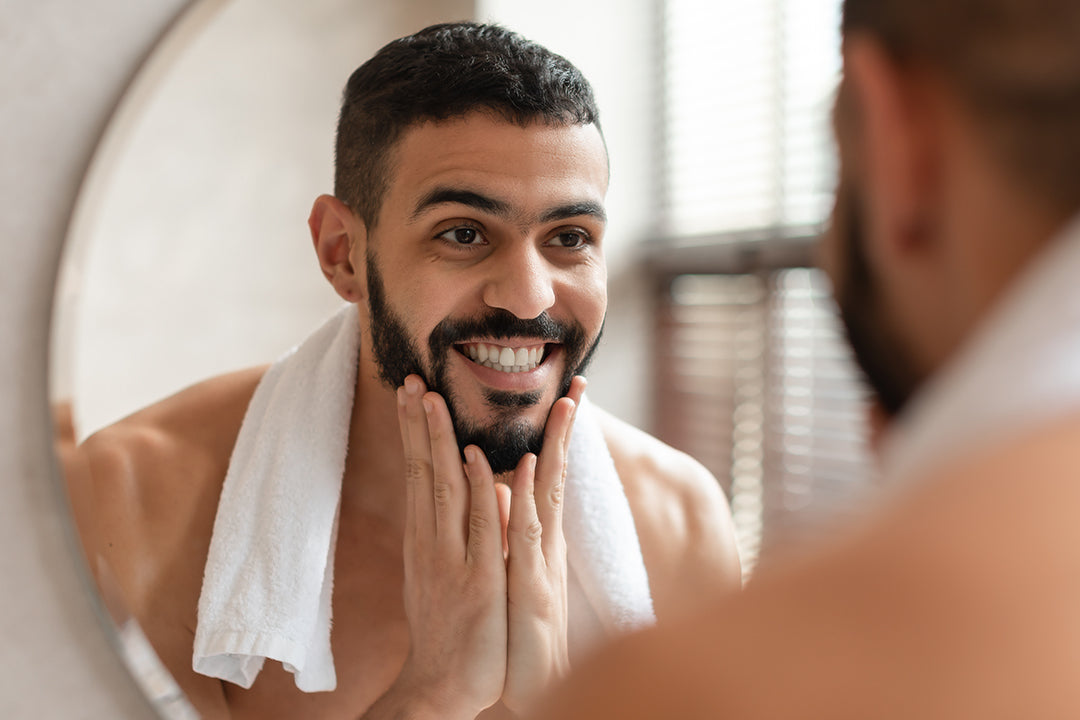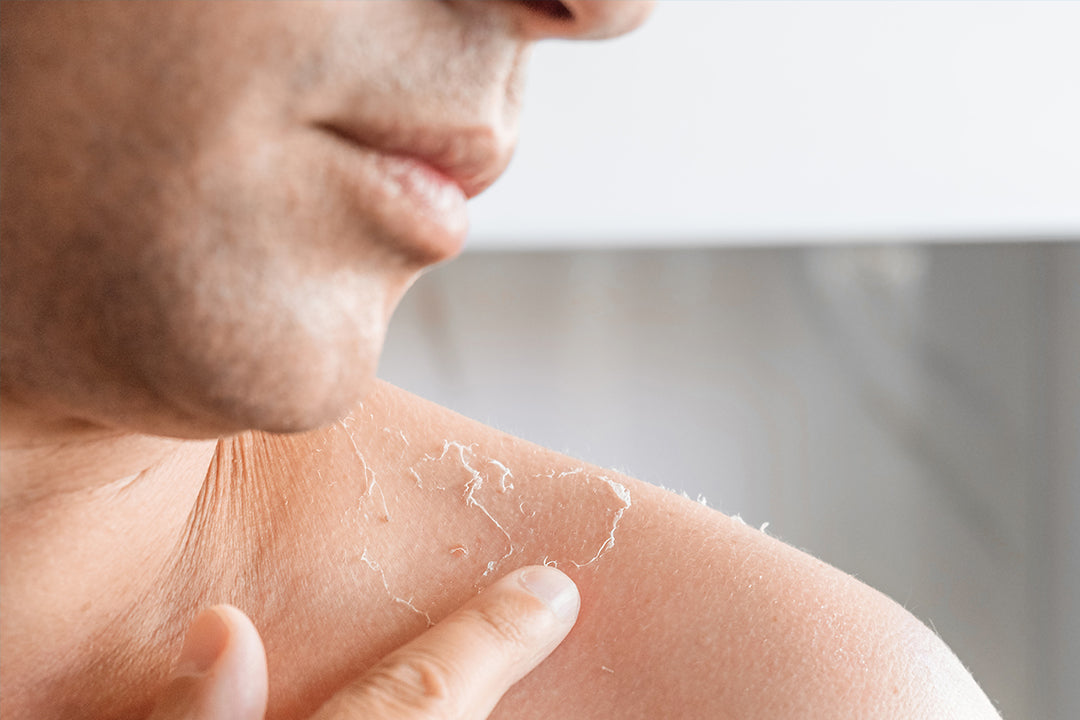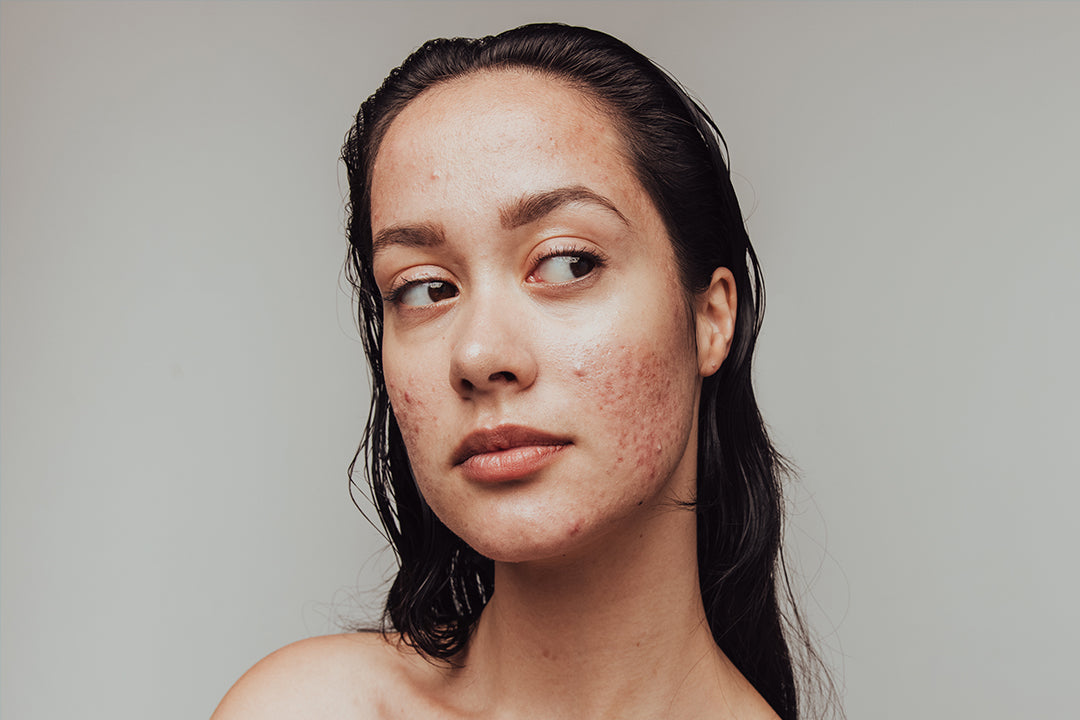Keratosis pilaris is a common skin condition that affects many people around the world. Also known as "chicken skin," this condition appears as small, rough bumps on the skin, often on the arms, thighs, and buttocks. While keratosis pilaris is harmless, it can be a cosmetic concern for those who have it.
If you're looking for the best treatment for keratosis pilaris, you're in the right place. In this article, we will explore various treatment options and self-care tips to help you achieve smoother, healthier-looking skin.
Treating Keratosis Pilaris at Home
When it comes to managing keratosis pilaris, there are several self-care measures you can take at home. These simple yet effective strategies can help reduce the appearance of bumps and improve the overall texture of your skin:
- Gently exfoliate: Exfoliation can help remove dead skin cells and unclog the hair follicles, which can reduce the appearance of keratosis pilaris. Use a gentle exfoliating scrub or a soft brush to exfoliate the affected areas.
- Moisturize regularly: Keeping your skin well-hydrated can help improve the texture and appearance of keratosis pilaris. Choose a moisturizer that contains ingredients like urea, lactic acid, or salicylic acid, as these can help soften the skin and reduce roughness.
- Avoid hot showers: Hot water can strip your skin of its natural oils, leading to dryness and exacerbating the symptoms of keratosis pilaris. Opt for lukewarm showers instead and limit your bathing time.
- Use gentle cleansers: Harsh soaps and cleansers can further irritate your skin and worsen keratosis pilaris. Choose mild, fragrance-free cleansers that won't strip your skin of its natural oils.
- Avoid tight clothing: Wearing tight clothing can rub against the skin and increase friction, which can worsen the appearance of keratosis pilaris. Opt for loose-fitting, breathable clothing to minimize irritation.
- Protect your skin from the sun: Sun exposure can aggravate keratosis pilaris and make the bumps more noticeable. Apply a broad-spectrum sunscreen with an SPF of 30 or higher before going outside, especially on exposed areas.
In addition to above beauty and wellness tips, it is important to take care of your mental and nutrition needs,
- Manage stress: Stress can trigger flare-ups of various skin conditions, including keratosis pilaris. Practice stress-management techniques, such as deep breathing exercises or meditation, to keep your stress levels in check.
- Eat a balanced diet: A healthy diet rich in fruits, vegetables, and lean proteins can promote overall skin health. Certain nutrients, like vitamin A and omega-3 fatty acids, may have a positive effect on keratosis pilaris.
Treatment Options for Keratosis Pilaris
In addition to self-care measures, there are various treatment options available for managing keratosis pilaris. These treatments can help reduce the appearance of bumps and improve the texture of your skin:
Topical Retinoids
Topical retinoids, such as tretinoin or adapalene, are commonly prescribed by dermatologists to treat keratosis pilaris. These medications help exfoliate the skin and prevent the buildup of keratin, which is the protein responsible for the formation of the bumps.
Chemical Peels
Chemical peels involve the application of a chemical solution to the skin, which causes it to exfoliate and peel off. This process helps remove dead skin cells and improve the overall texture of the skin affected by keratosis pilaris.
Chemical exfoliants
Chemical exfoliants, such as alpha-hydroxy acids (AHAs) or beta-hydroxy acids (BHAs), to dissolve the bonds between dead skin cells and promote their shedding. These exfoliants can be found in various skincare products, including cleansers, toners, and lotions.
When exfoliating, it's important to start with a gentle approach and gradually increase the intensity or frequency as tolerated. Over-exfoliating can irritate the skin and worsen conditions like keratosis pilaris.
Microdermabrasion
Microdermabrasion is a non-invasive procedure that uses a special device to gently exfoliate the outer layer of the skin. This treatment can help reduce the appearance of keratosis pilaris and improve skin texture.
Laser Therapy
Laser therapy is another option for treating keratosis pilaris. It involves the use of laser energy to target and destroy the hair follicles responsible for the formation of the bumps. Laser therapy can effectively reduce the appearance of keratosis pilaris and improve skin texture.
Do not forget this!
What works for one individual may not work for another. It's essential to take a personalized approach and experiment with different treatments to find what suits you best.
If self-care measures and over-the-counter treatments don't provide satisfactory results, it's recommended to consult a dermatologist. A dermatologist can assess your skin condition, determine the underlying causes of keratosis pilaris, and recommend appropriate treatment options tailored to your specific needs.
Achieving smoother, healthier-looking skin takes time and patience. With consistent care and the right treatment approach, you can effectively manage keratosis pilaris and boost your confidence.









